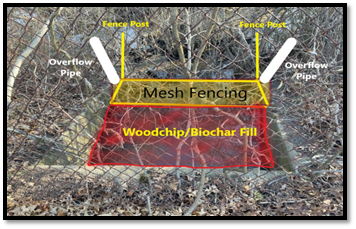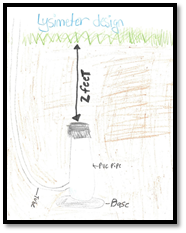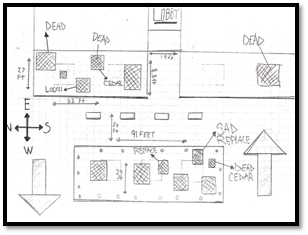Long Island Nitrogen Action Plan (LINAP)- Newsletter
The New York State Department of Environmental Conservation sent this bulletin on 03/27/2023 09:18 AM EDT |
| DEC Delivers - Information to keep you connected and informed from the NYS Department of Environmental Conservation |
| View in browser |
Long Island Nitrogen Action Plan (LINAP)-Newsletter
In this issue of the newsletter, we highlight the Long Island Regional Planning Council's Long Island Water Quality STEM Challenge and the 2023 winning teams. |
|
The Long Island Regional Planning Council awards four schools $2500 grants to implement projects to tackle nitrogen pollution on school grounds. The Long Island Water Quality Challenge promotes project-based learning in Science, Technology, Engineering, and Mathematics (STEM) in Long Island schools and helps students in grades 6-12 develop a greater understanding of how their classroom curriculum can be applied to protecting Long Island’s crucial water resources – with a specific focus on reducing or eliminating nitrogen pollution. The competition also connects students, teachers, and their communities to the LINAP initiative. This year’s Challenge invited students to develop and design projects for their school grounds which will either reduce the use of fertilizers/pesticides and water consumption, or devise methods to collect and treat stormwater runoff on their school property. A panel of experts from the Department of Environmental Conservation, Nassau County Soil and Water Conservation District and the Long Island Regional Planning Council evaluated the teams on quality of ideas, how well it addressed LINAP and the impacts of nitrogen pollution, effectiveness, feasibility and technical merit. This year’s winning proposals came from Plainedge Middle School, South Woods Middle School (in the Syosset School District), Sayville High School, and South Side High School (in the Rockville Centre School District). Sayville High School
To limit the amount of nitrogen pollution entering Green’s Creek from the school’s parking lot discharge, Sayville High School will install a woodchip biochar filter at the discharge location. South Side High School
South Side High School will be installing a rain garden and permeable pavement to reduce stormwater runoff and filter pollutants. South Woods Middle School
South Woods Middle School’s 6th grade team will be installing a native plant garden they designed using Tinkercad and implementing an outreach plan to increase awareness of nitrogen pollution to the broader community. (Photo credit: South Woods Middle School) Plainedge Middle School
Plainedge Middle School will install a native plant garden and use lysimeters-an instrument buried in the ground used to collect and analyze the water percolated through the soil-to monitor the amount of nitrogen infiltrating the groundwater on the school’s playing fields. Each of the teams from these schools will receive $2,500 to implement their proposals. The teams are in the process of developing their designs, budgets, and maintenance plans for the project, as well as plan for how the projects will be incorporated into lesson plans and engagement with the larger community. Once the plans are approved, the grants will be awarded. The 2024 Long Island Water Quality Challenge will be launched in the fall. If you are interested in receiving the notification about the 2024 challenge, please email Elizabeth Cole at Ecole@lirpc.org. To sign up for our LINAP Newsletter, visit our LINAP website or click here.
|





